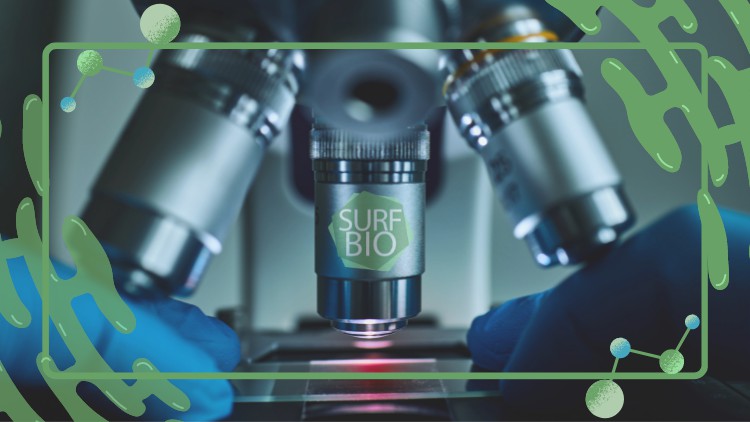
Methods to develop and analyse microbial cell-surface and surface-colloid interactions
What you will learn
Colloid biology as a novel research discipline.
Different approaches to develop novel analytical techniques.
Methods to analyse microbial cell-surface and surface-colloid interactions
Methods to develop microbial cell-surface and surface-colloid interactions
Introduction to Radiolabeling
AFM and Raman microscopy
Vertical Scanning interferometry
Spectroscopy applications
Description
The open online course on “Methods to develop and analyse microbial cell-surface and surface-colloid interactions” consists of 9 chapters where you can learn about different approaches and its importance to develop novel analytical techniques. It is given by European experts in several fields.
Colloid physics and colloid chemistry are well established fields within the colloid sciences. Both of these two disciplines are directed toward studying or engineering inanimate particles that are interacting in a physical way, such as electrostatics, rheology, stability, or their surfaces are either chemically modified or chemically reactive, respectively. In contrast, the new discipline the colloid biology is implementing the methods of colloid science on the living cells to either change their surface, cause aggregation, surface attachment as well entrapment or encapsulation. However, the biological properties of these particles are always adding emergent properties to the particles either through the constant adaptation of the cell surfaces, mass gaining, motility or other ways that cannot be predicted only by the physical properties of a particular cell. Oppositely, the method of modification of cells based on the colloid physics can likewise change the biological properties of the cell such as growth rate, expression profiles as well as interaction with other cells in the population or communities and can affect ecological relations, changing it from competitive to the collaborative or symbiotic coexistence. Therefore, it is a substantial need to establish the third pillar of colloid science, colloid biology. Therefore, the main objective of this chapter is to understand the basic concepts of colloid biology that are differentiating as well as linking with the colloid physics and colloid chemistry concepts and resulting in interdisciplinary science.
SURFBIO project has recieved funding under the European Union’s Horizon 2020 Research & Innovation programme under grant agreement Nº 952379.
Content